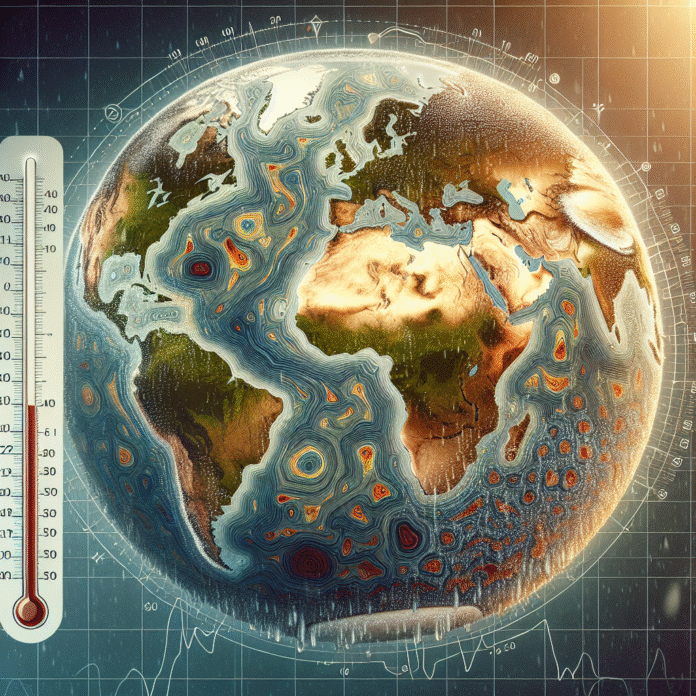Understanding the Impact of Climate Change on Flooding
Understanding the Connection Between Climate Change and Increased Flooding
Flooding has long been a natural disaster that communities face, but the severity and frequency of these events have been amplified by climate change. This phenomenon is primarily driven by the increasing global temperatures and shifting weather patterns, which together create conditions that are more conducive to flooding.
Rising Temperatures and Increased Precipitation
One of the most significant impacts of climate change is the rise in average global temperatures. Warmer air holds more moisture, which leads to heavier rainfall during storms. Studies show that for every 1°C increase in temperature, the atmosphere can hold approximately 7% more moisture. This results in intense downpours that can overwhelm drainage systems and increase the likelihood of flash flooding.
Melting Ice Caps and Rising Sea Levels
Another critical factor is the melting of polar ice caps and glaciers, which contributes to rising sea levels. As sea levels rise, coastal areas become increasingly vulnerable to flooding, especially during storm surges or high tides. This phenomenon is particularly concerning for cities situated near coastlines, where even minor increases in sea level can lead to significant flooding events.
Altered Weather Patterns
Climate change also disrupts established weather patterns, leading to more erratic and extreme weather conditions. Regions that once experienced predictable seasonal rainfall may now face prolonged droughts followed by sudden, severe flooding. This unpredictability challenges infrastructure and emergency management systems, making it more difficult for communities to prepare for and respond to flooding events.
Urbanization and Vulnerability
The impact of climate change on flooding is exacerbated by urbanization. As cities expand, natural landscapes that once absorbed rainfall are replaced by impermeable surfaces like roads and buildings. This increases runoff, causing water to accumulate quickly and flood urban areas. Moreover, many cities are situated in flood-prone regions, making them particularly susceptible to the increased flooding risks associated with climate change.
Global Implications and Human Impact
The implications of climate change-induced flooding extend beyond immediate physical damage. Flooding can lead to displacement of populations, loss of livelihoods, and increased health risks due to waterborne diseases. Vulnerable communities, particularly in developing countries, often bear the brunt of these impacts, highlighting the social inequities exacerbated by climate change.
Mitigation and Adaptation Strategies
Addressing the worsening flooding crisis requires a multifaceted approach that includes both mitigation and adaptation strategies. Mitigation focuses on reducing greenhouse gas emissions to slow climate change, while adaptation involves enhancing infrastructure and community resilience to withstand flooding events. Strategies may include improving drainage systems, restoring wetlands, and implementing better land-use planning to manage stormwater effectively.
In conclusion, climate change is a significant factor exacerbating the frequency and severity of flooding worldwide. Understanding these connections is crucial for developing effective strategies to protect communities and ecosystems from the devastating impacts of flooding in a changing climate.
